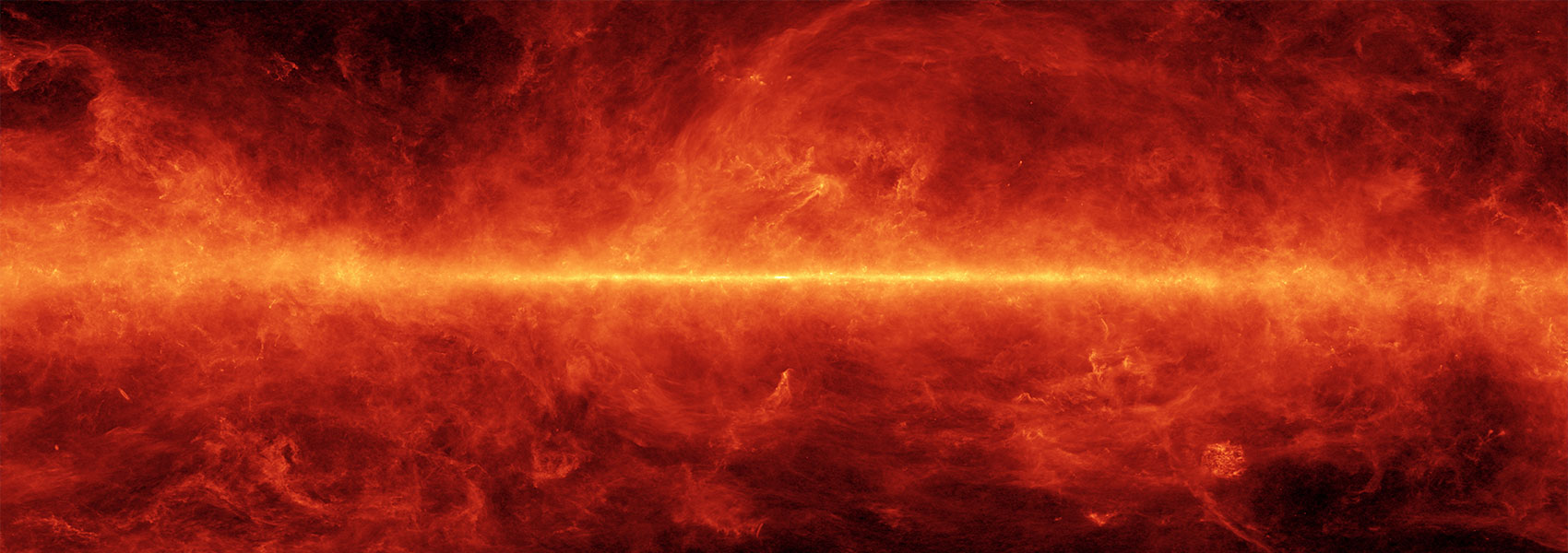April
2012
•
2012MNRAS.421.2342S
Authors
•
Steffen, Jason H.
•
Fabrycky, Daniel C.
•
Ford, Eric B.
•
Carter, Joshua A.
•
Désert, Jean-Michel
•
Fressin, Francois
•
Holman, Matthew J.
•
Lissauer, Jack J.
•
Moorhead, Althea V.
•
Rowe, Jason F.
•
Ragozzine, Darin
•
Welsh, William F.
•
Batalha, Natalie M.
•
Borucki, William J.
•
Buchhave, Lars A.
•
Bryson, Steve
•
Caldwell, Douglas A.
•
Charbonneau, David
•
Ciardi, David R.
•
Cochran, William D.
•
Endl, Michael
•
Everett, Mark E.
•
Gautier, Thomas N.
•
Gilliland, Ron L.
•
Girouard, Forrest R.
•
Jenkins, Jon M.
•
Horch, Elliott
•
Howell, Steve B.
•
Isaacson, Howard
•
Klaus, Todd C.
•
Koch, David G.
•
Latham, David W.
•
Li, Jie
•
Lucas, Philip
•
MacQueen, Phillip J.
•
Marcy, Geoffrey W.
•
McCauliff, Sean
•
Middour, Christopher K.
•
Morris, Robert L.
•
Mullally, Fergal R.
•
Quinn, Samuel N.
•
Quintana, Elisa V.
•
Shporer, Avi
•
Still, Martin
•
Tenenbaum, Peter
•
Thompson, Susan E.
•
Twicken, Joseph D.
•
Van Cleve, Jeffery
Abstract
•
We present a method to confirm the planetary nature of objects in systems with multiple transiting exoplanet candidates. This method involves a Fourier-domain analysis of the deviations in the transit times from a constant period that result from dynamical interactions within the system. The combination of observed anticorrelations in the transit times and mass constraints from dynamical stability allow us to claim the discovery of four planetary systems, Kepler-25, Kepler-26, Kepler-27 and Kepler-28, containing eight planets and one additional planet candidate.
Links




